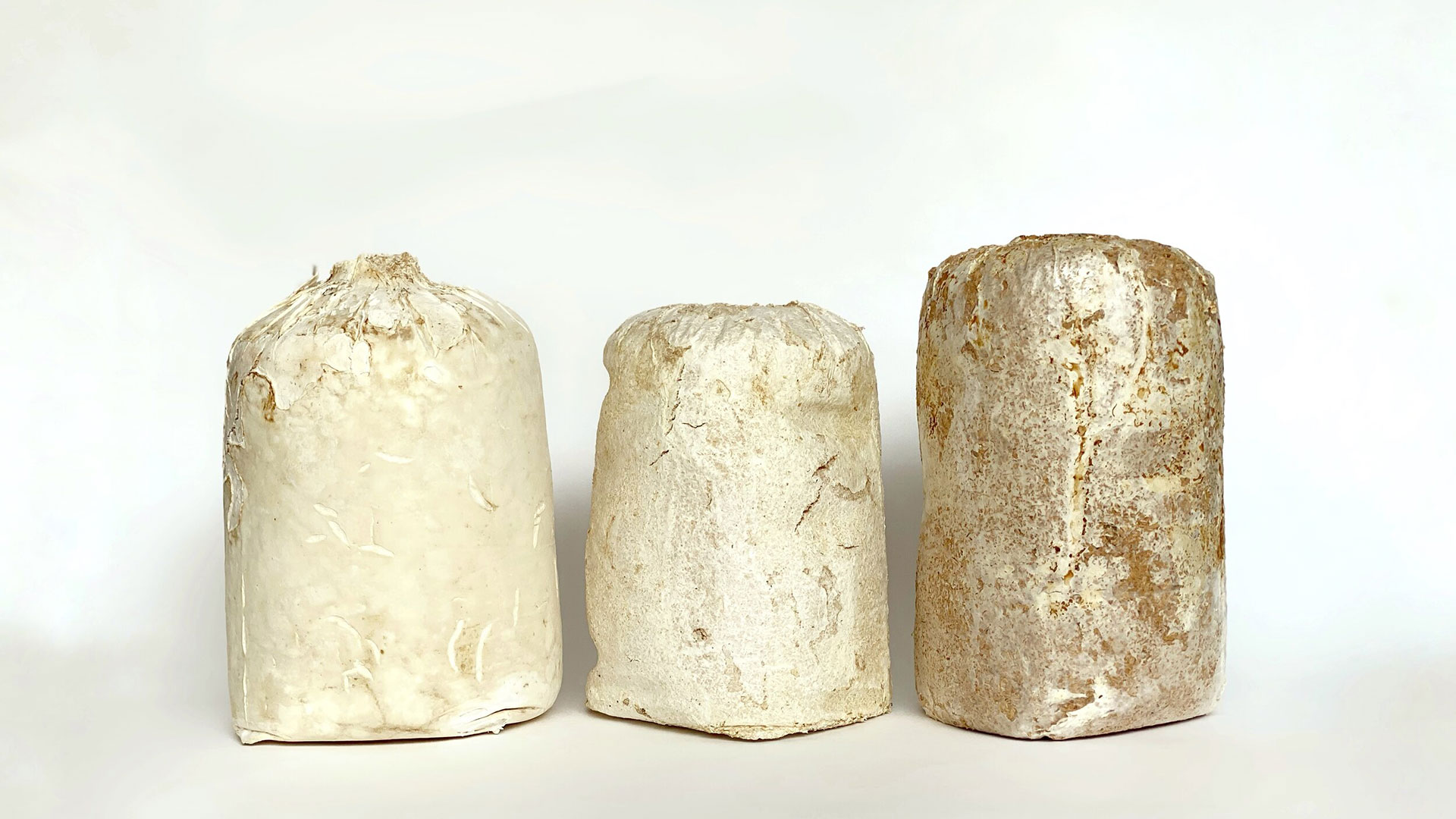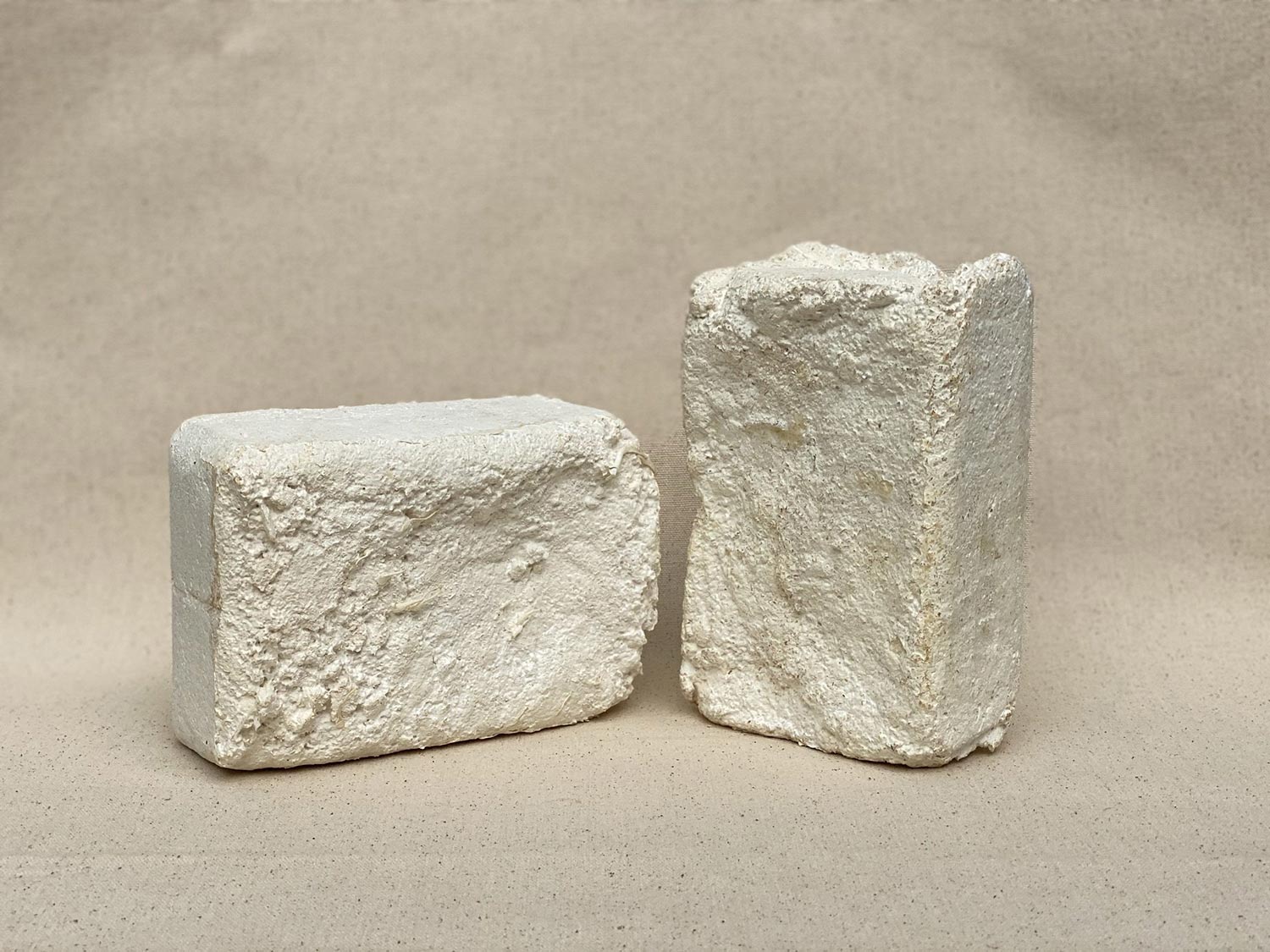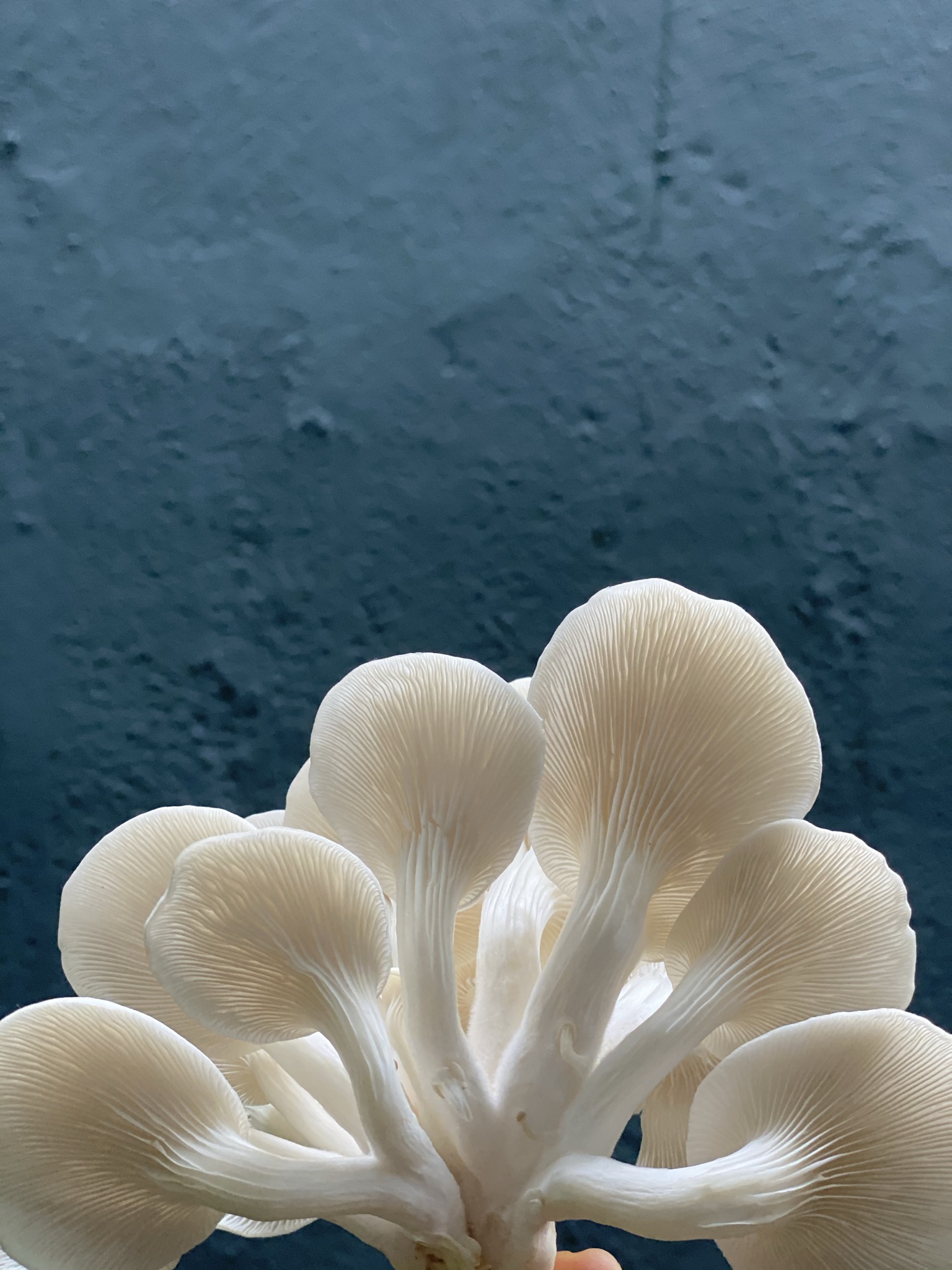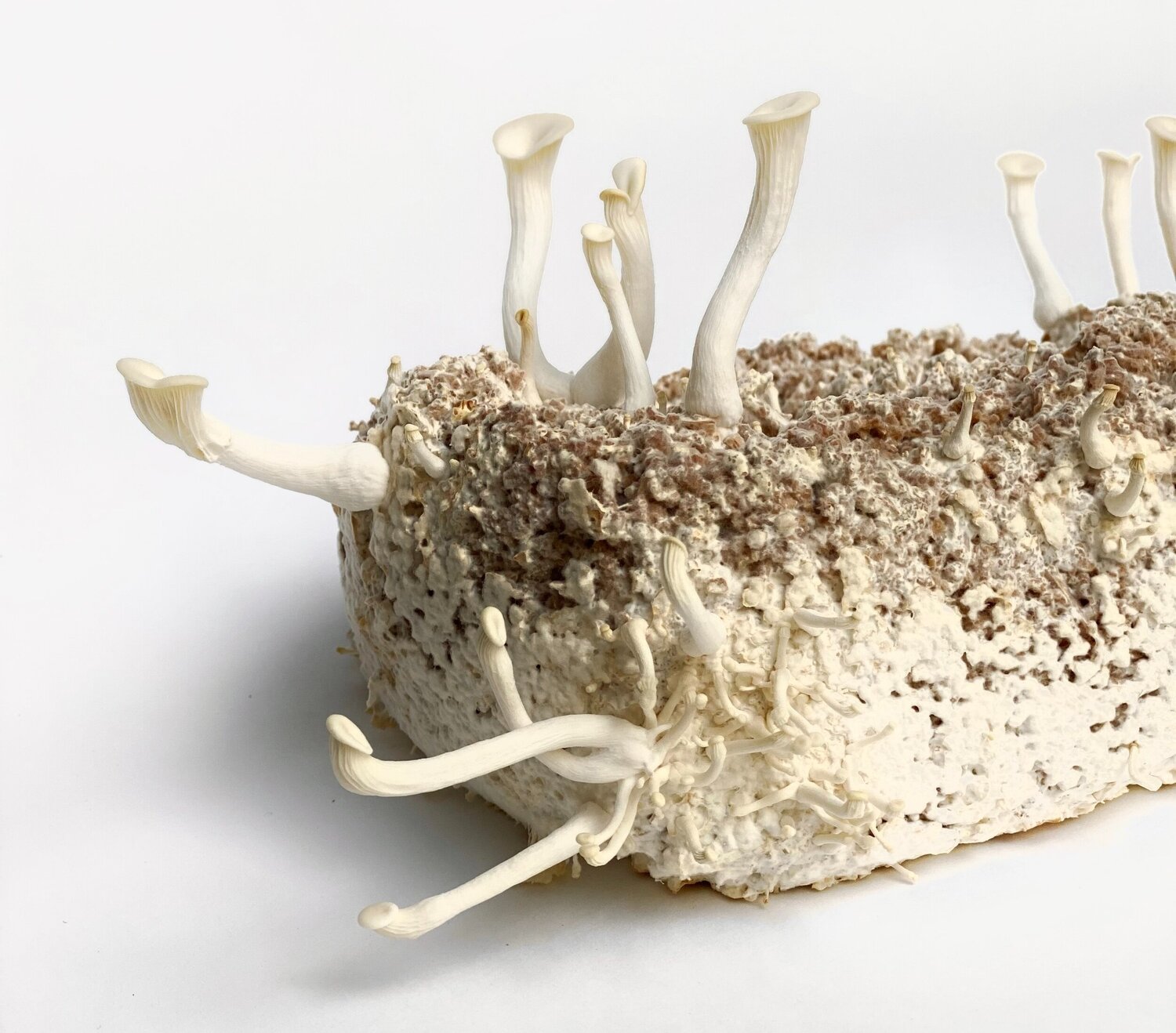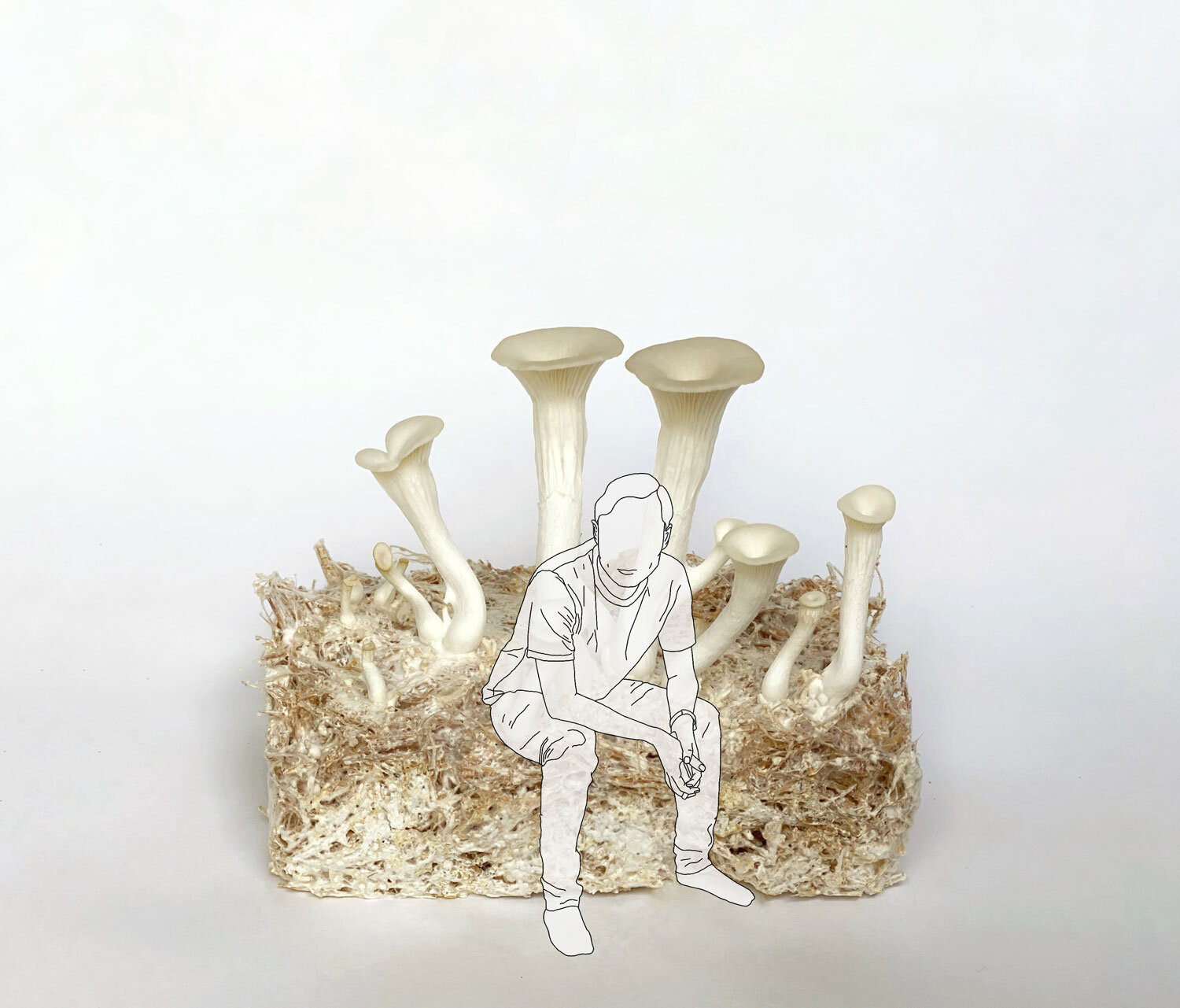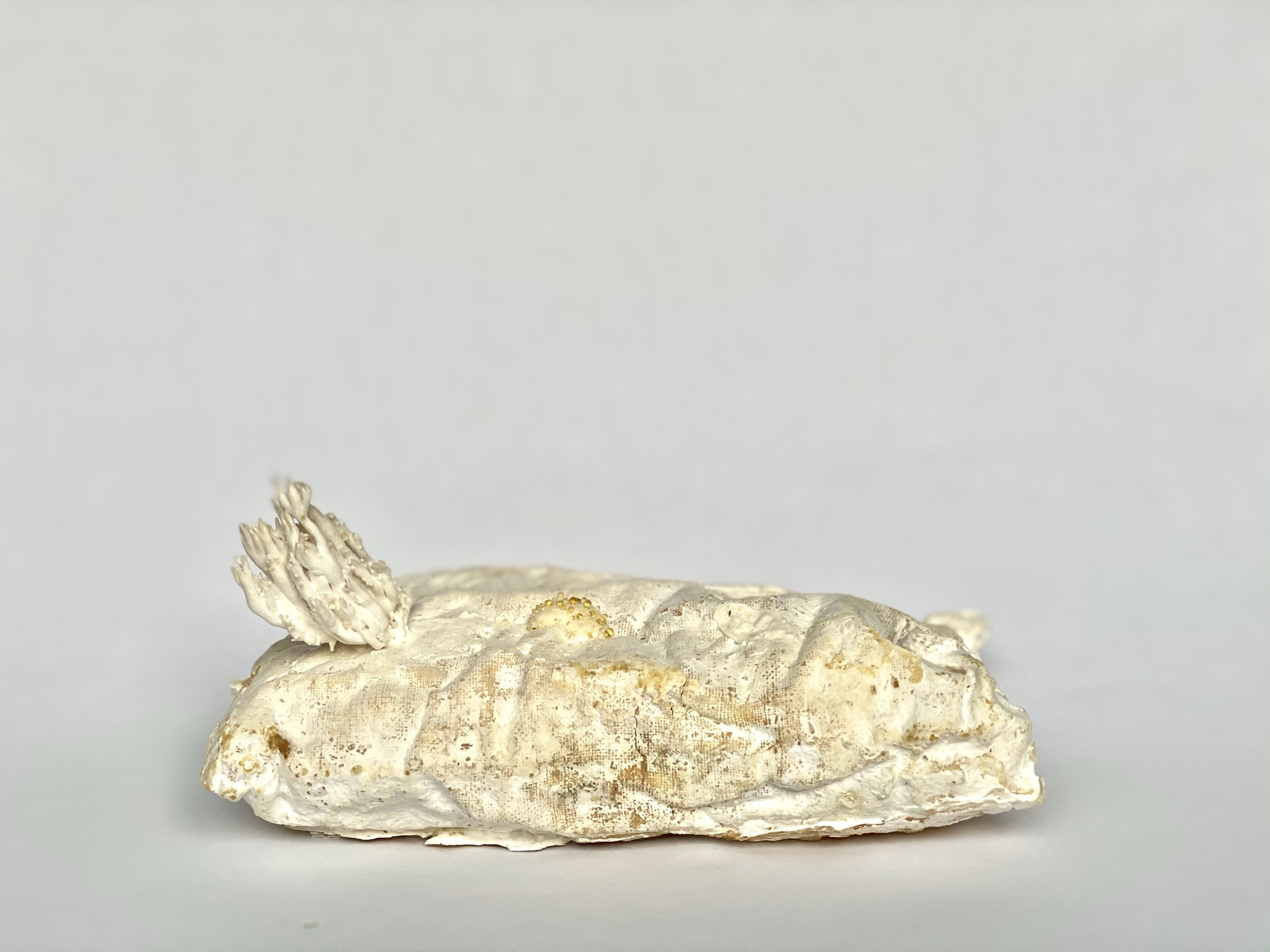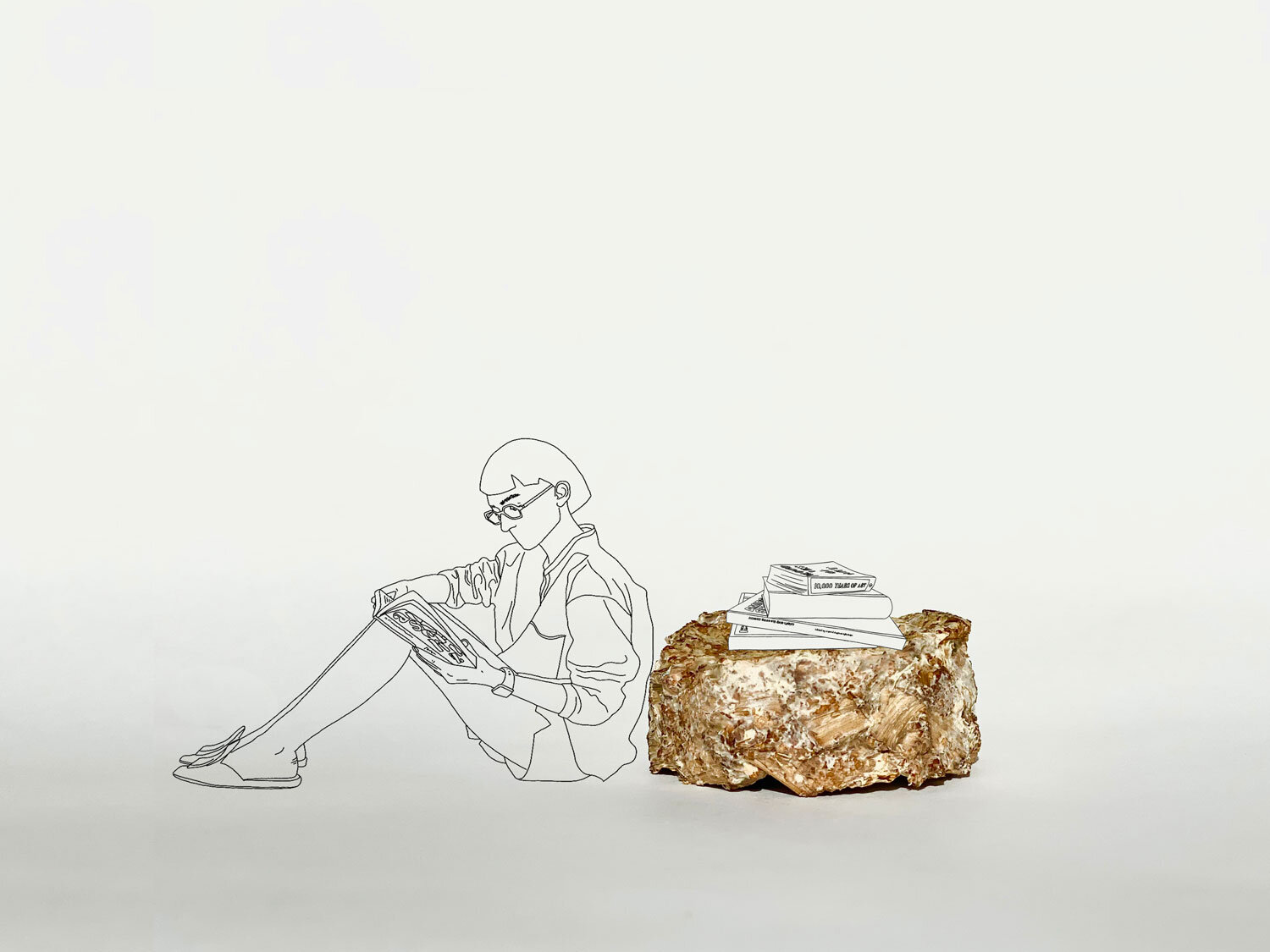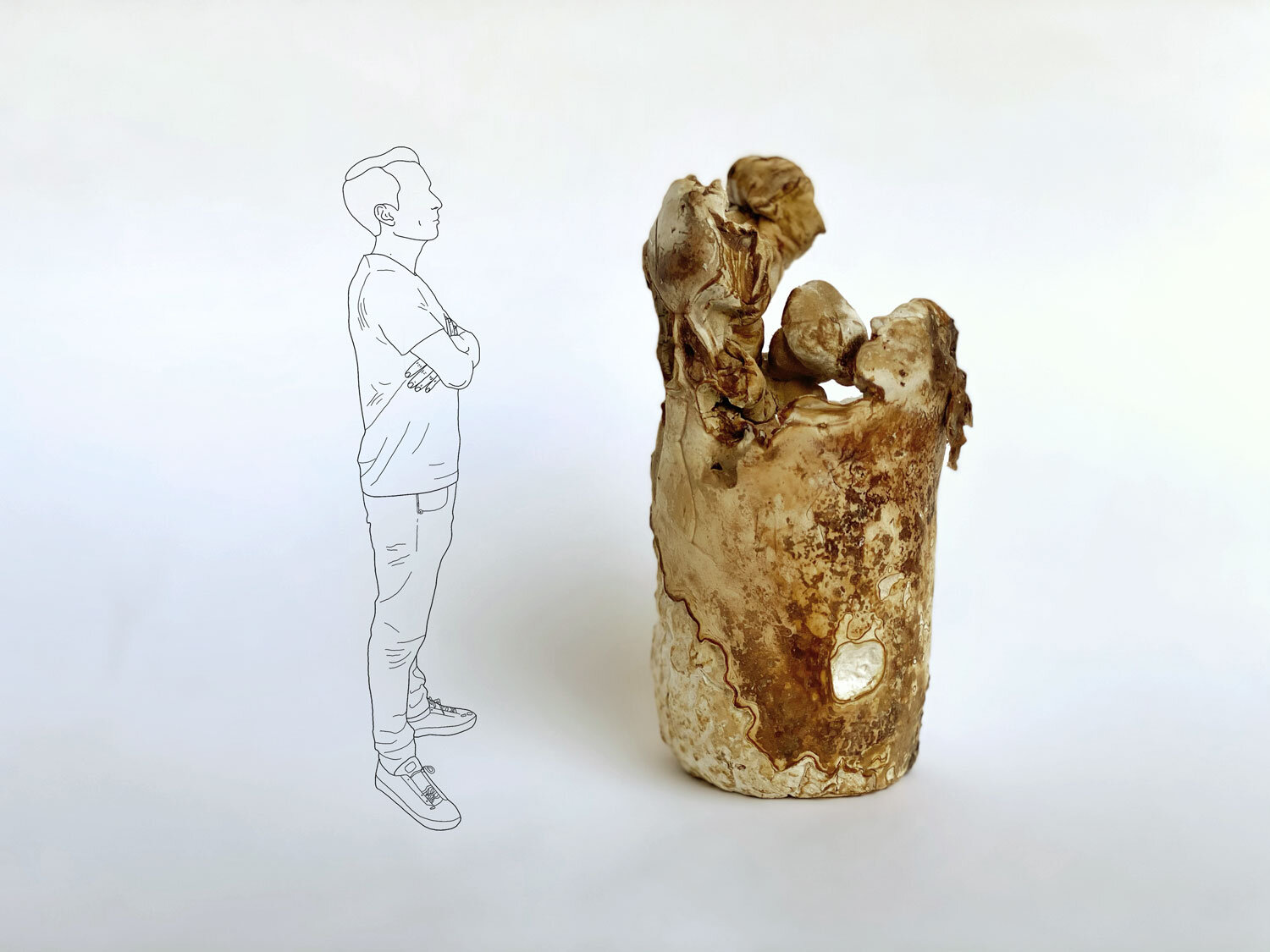Investigating biomaterials
Investigating biomaterials in architecture is important because the materials we choose should not just be beautiful and functional, but also consider their impact on the environment and other organisms. Our buildings have a fundamental responsibility to connect and interact with the surrounding ecosystem, and for too long we have focused on designing for human needs without considering the broader network of life. By exploring biomaterials, we can create stronger, more sustainable architectural designs that better integrate with the natural world.
As architects, we have a responsibility to design not just for the people who will use and occupy our buildings, but also for the broader ecosystem in which they exist. The life of an architectural creation often outlives its human designers and clients, so it's important to consider the needs of other creatures in the design process. By utilizing and collaborating with other organisms, we can unlock the power of nature and advance our design thinking and making.
We are testing methods of learning and designing with other living species to better integrate them into our architectural creations. This not only benefits the environment and other organisms, but can also lead to more innovative and sustainable design solutions.
Microbes
The relationship between humans and microbes has been mutually beneficial since ancient times, with microbes playing a critical role in the fermentation of food, the development of culture, and the maintenance of biological diversity. By providing the right environment for microbes to thrive, we can harness their life cycles to produce more digestible and flavorful food.
To better understand the life of microbes, we are testing traditional fermentation methods to learn more about these tiny organisms and their potential applications. This not only helps us better appreciate the role of microbes in our lives, but also opens up new possibilities for the use of these organisms in various fields, including food production and health.
Fungi are a unique type of microorganism, and mycelium is the part of a fungus that is responsible for obtaining nutrients. Unlike plants, which make their own food through photosynthesis, and animals, which hunt and forage for food, fungi digest their surroundings using enzymes and absorb the resulting nutrients into their bodies. By growing mycelium on natural fibers, we can create a strong, lightweight material that has many potential applications in various fields. This not only allows us to utilize the unique properties of fungi, but also provides a sustainable alternative to traditional materials.







 Sign in with email
Sign in with email


